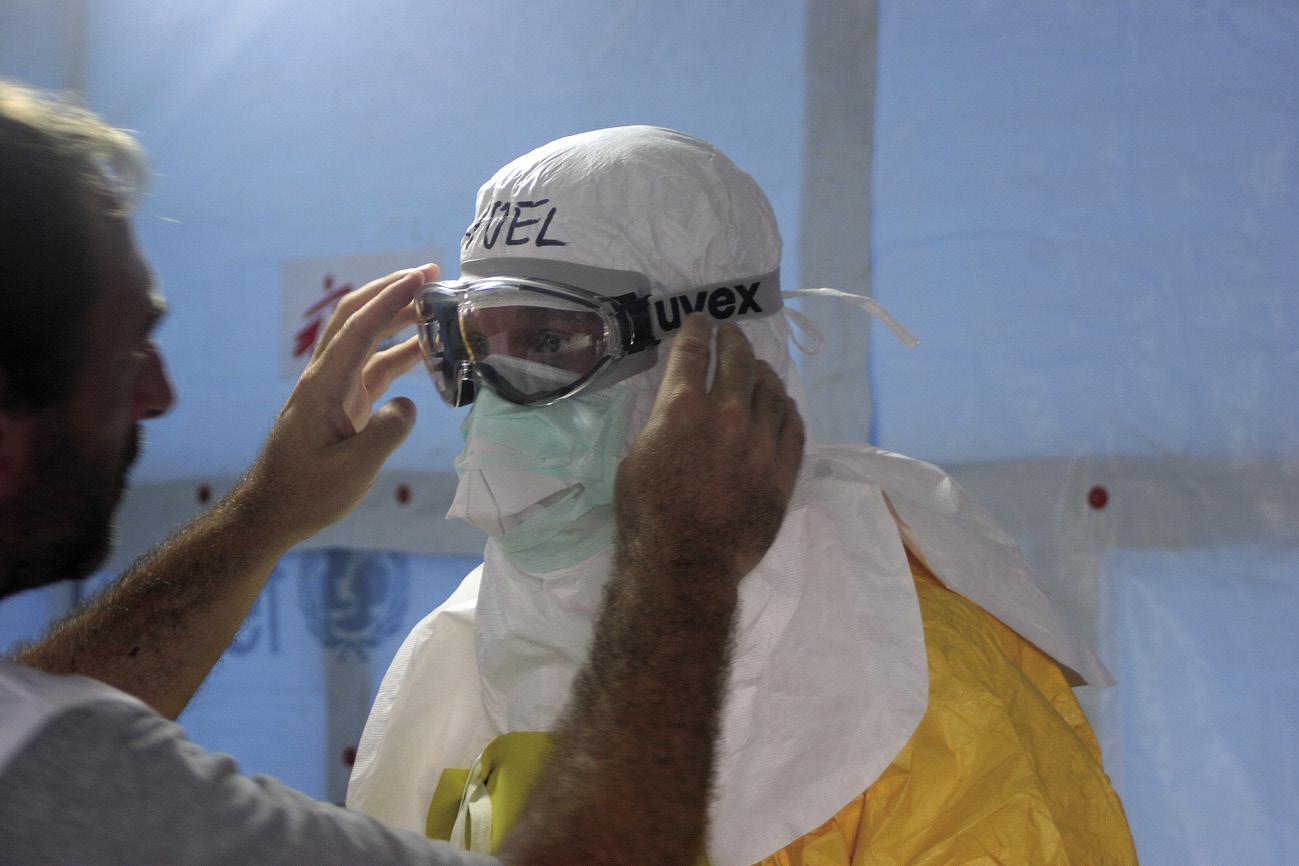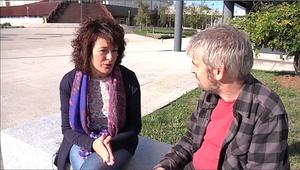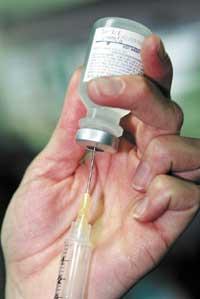Globalization of infections
2015/03/13 Basaras, Miren - Mikrobiologiako Irakasle Titularra Iturria: Elhuyar aldizkaria

These diseases are called “emerging infections”, either by the emergence of new microorganisms or by the transfer of the already known and their transformation into problems.
Infectious diseases cause 20% of deaths worldwide, of which one-third are caused by viral diseases. Most pathogens that infect humans come from other animals (zoonotic pathogens).
In 1992 the U.S. Institute of Health said: “… in the context of infectious diseases, in the world there is no place totally isolated and no one is totally protected from these diseases”.
Currently, the new modes of transport allow for long trips in a relatively short time. Often these trips are usually shorter than the incubation period of the infectious agent, so the symptoms of the disease can sometimes be detectable at destination. The first cases of SARS, a new agent of atypical pneumonia, were detected in southern China and from there extended to Europe and America, transported by travelers. At that time, the information and notice to the passengers affected the control of spread of the infection.
Thus, it is concluded that an infectious disease in a given territory is a threat to all others, since microorganisms do not take into account geographical limitations.
In addition to travel, other factors that contribute to emerging infections are climate and demographic changes. As a result of climate change, all kinds of mosquitoes can colonize different places and, in this way, spread the microorganisms they transport. A clear example of this is the West Nile virus, which was initially only detectable in the West Nile district of Uganda, but is currently in different regions of the world (United States, France, Greece, Germany…). This virus is transmitted by a mosquito of the genus Culex. In its wild cycle, this mosquito infects birds, but it can also infect man and horse. As has been seen in recent years, the different species of Culex can be vectors and, on the other hand, the prolongation of the transmission time facilitates its extension to different latitudes and altitudes. Likewise, the virus has undergone changes and has increased its pathogenicity in birds, causing the death of more birds. In summary, little by little the virus has been molded.
On the other hand, both the population and the population of consumer animals are increasing significantly, which means greater contact between animals and humans. At the same time, the migration of humans and animals to a shared environment implies a closer relationship between the two, since the pathogens of animals can cross natural borders and become infected by man (65% of the pests of the last 25 years have been zoonosis). The most serious flu birds (H5N1, H5N8, H7N9…) have caused problems by spreading chicken seeds, since these infected chickens have been transmitted directly to the human being new viruses, causing serious diseases to the human being. Fortunately, these viruses that spread across the airway do not currently have a large capacity for human transmission, so infections have been controlled by destroying infected chickens. But if these viruses reach the ability to spread among human beings, the problem would be very serious, since with a single sneeze millions of viruses are expelled and in the short term several people are infected and a global pandemic occurs.
Sometimes, national or international conflicts can also be a source of infection. At present, the World Health Organization (WHO) has several plans to eliminate diseases such as polio or measles. However, as has been seen in recent years, these diseases are spreading again in some territories (Afghanistan, Nigeria…) because governments or military groups do not allow the incorporation of children due to armed conflicts. Therefore, there are children who suffer from some of these diseases and it is uncontrolled.
Outbreaks of infectious diseases indicate a shortage of public health resources, as is the case with the Ebola crisis. It is true that by demonstrating these shortcomings, solutions can be sought and, after learning from mistakes, improvements can be made, but it is clear that to control emerging infections in this globalized world, international cooperation is essential. Each nation can't act on its own, some organizations worldwide (such as WHO) deal with infection problems and launch tips on infectious outbreaks.
But not everything is dark, fortunately we have a new technology that allows limited control of these microorganisms as soon as possible These new resources allow the identification of emerging microorganisms by proteomic or epigenomic sequencing of the genome. Thus, new microorganisms such as SARS or MERS coronaviruses have been detected, or the variability of the strain (different avian flu, variants of the human immunodeficiency virus, etc. ). In turn, diagnostic techniques have improved significantly in recent years and, when there is an outbreak, the results are quickly known, using a real-time chained polymerase reaction. This quantitative technique has been used in the disease caused by the Ebola virus.
On the other hand, new vaccines and drugs are being developed from other points of view: in the case of vaccines, recombinant technologies and non-detrimental viruses are used, while for the manufacture of new drugs extensive drugs are prepared (for example, capable of destroying different types of viruses). Some of these drugs destroy the specific enzymes of viruses and others destroy RNA molecules.
Therefore, even though these emerging infections pose a threat to human survival, scientific technology has helped us to be prepared and respond as soon as possible. It is clear that we always have to be attentive.

Gai honi buruzko eduki gehiago
Elhuyarrek garatutako teknologia





